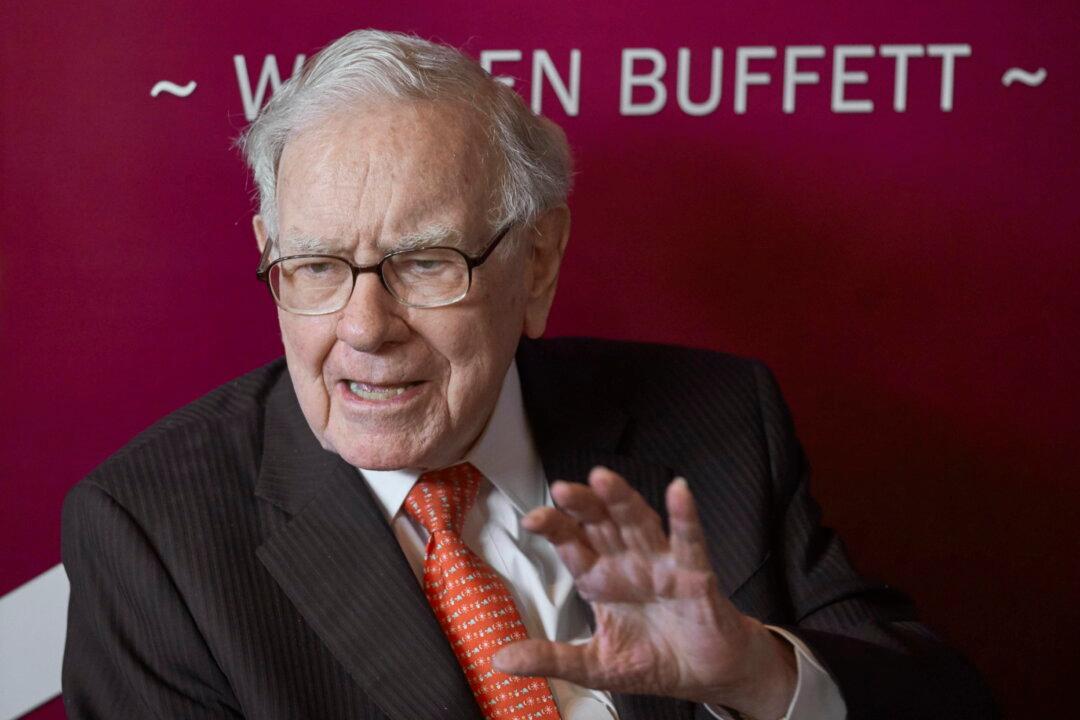Commentary
“The ‘Buffett Indicator’ says the stock market will crash.” Such was an email I received recently and was worthy of a more detailed discussion.

“The ‘Buffett Indicator’ says the stock market will crash.” Such was an email I received recently and was worthy of a more detailed discussion.